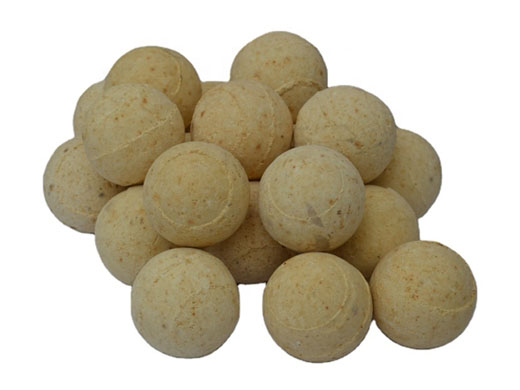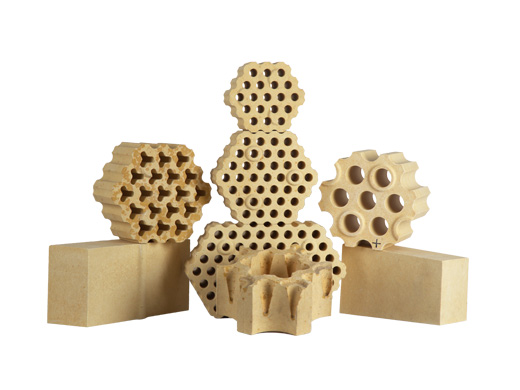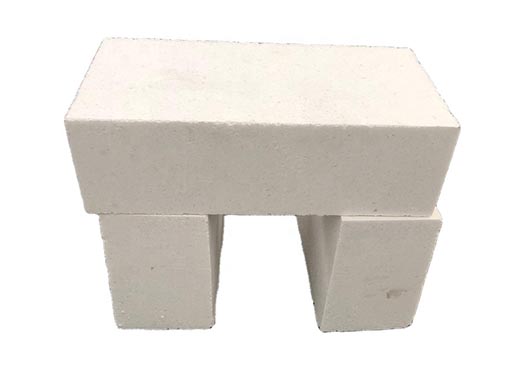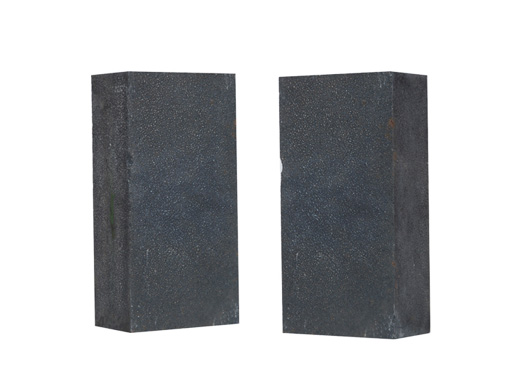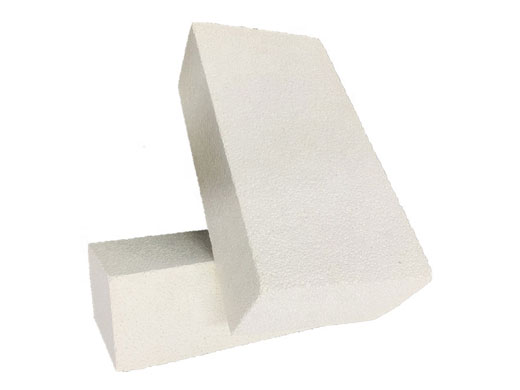Main properties of magnesia carbon fire brick for EAF
Industry news | Refractory Wiki | Refractory news | Enterprise news |The experience of using magnesia-carbon bricks in converters, electric furnaces and ladle shows that because of its excellent high temperature resistance, slag corrosion resistance and good thermal shock stability, it is very suitable for the requirements of iron and steel smelting. Taking advantage of the properties of carbon materials that are difficult to be wetted by slag and molten steel, high refractory properties of magnesia, high slag resistance and solubility resistance, and small creep at high temperature, magnesia-carbon bricks are used in slag lines and outflows with severe corrosion damage. Steel mouth and other parts. So far, huge economic benefits have been created due to the extensive use of magnesia-carbon bricks in the steelmaking process and the improvement of the iron and steel smelting process. At present, magnesia-carbon bricks show the disadvantages of high-priced graphite consumption, increased heat consumption, and continuous increase of carbon into molten steel, thereby polluting molten steel. In order to reduce the cost of raw materials and pure molten steel, low-carbon magnesia-carbon bricks Low carbonization can solve these problems very well.
The characteristics of magnesia carbon bricks are mainly reflected in the following aspects:
1. Microstructure density of magnesia carbon bricks
The compactness of the magnesia-carbon brick depends on the type and amount of binder and antioxidant, the type of magnesia, the particle size and amount of graphite, etc. In addition, molding equipment, brick pressing technology and heat treatment conditions have certain influences. In order to achieve the apparent porosity below 3.0%, ensure that the molding pressure is 2t/cm2, and strengthen the bulk density of the matrix part to improve its corrosion resistance, magnesia-carbon bricks with a particle size of less than 1mm are used in wind eye bricks and tapping bricks. Different binders also have a certain influence on the compactness of magnesia-carbon bricks, and the binder with high carbon residue rate is selected for its higher bulk density. The effect of adding different antioxidants on the compactness of magnesia-carbon bricks is obviously different. Below 800 degrees, the apparent porosity increases with the oxidation of antioxidants, and when it is higher than 800 degrees, the metal-free magnesia-carbon bricks show pores. The porosity does not change, but the apparent porosity of the metal-containing bricks decreases significantly, and it is only half of that at 800 degrees at 1450 degrees. Among them, the magnesia-carbon bricks with metal aluminum added have the lowest apparent porosity.
The heating speed of magnesia-carbon bricks during use will also affect the change of their apparent porosity. Therefore, when using magnesia-carbon bricks for the first time, try to heat up at a low speed to make the binder completely decompose at a lower temperature. During the use of magnesia-carbon bricks The effect of temperature difference on porosity is also obvious. The larger the temperature difference, the faster the porosity increases.
2. High temperature performance of magnesia carbon bricks
2.1 High-temperature mechanical properties Different additives have different effects on improving the high-temperature strength of magnesia-carbon bricks. Research shows that for high-temperature flexural strength above 1200 °C, no additives < calcium boride < aluminum < aluminum magnesium < aluminum + boride Calcium < aluminum magnesium + calcium boride, where aluminum magnesium + boron carbide is between aluminum magnesium and aluminum magnesium + calcium boride.
2.2 Thermal expansion performance The participating expansion value of magnesia-carbon bricks without metal added is far lower than that of adding metal, and the participating expansion value increases with the increase of the amount of metal added.
2.3 The thermal expansion and high temperature flexural strength of magnesia-carbon bricks in different directions of anisotropy are different, mainly due to the orientation of flake graphite, determine the principles and methods of working lining brick masonry. The magnesia-carbon brick in the vertical direction has higher high temperature strength and lower thermal expansion.
Newest
- 2023-07-31
Properties of silicon nitride and its application in refract···...
- 2023-07-31
Properties of silicon nitride and its application in refract···...
- 2023-07-31
Properties of silicon nitride and its application in refract···...
- 2023-07-31
Properties of silicon nitride and its application in refract···...
- 2023-07-31
To explore the application of magnesia carbon brick in refra···...
Solution
- 2022-11-22
The technical requirements and production processes of fused···...
- 2022-09-06
Price Determinants of high alumina fire bricks...
- 2022-08-30
Technical performance and technology of silica mullite brick···...
- 2022-08-27
Refractory materials in various parts of the furnace and pre···...
- 2022-08-23
Magnesite chrome brick composition process classification...
